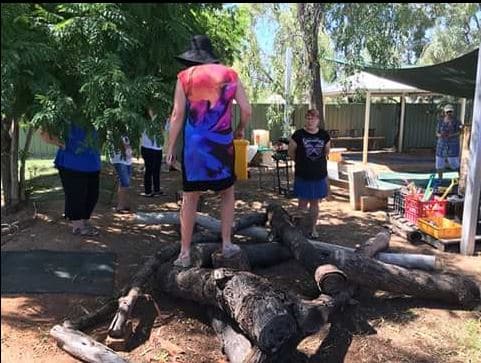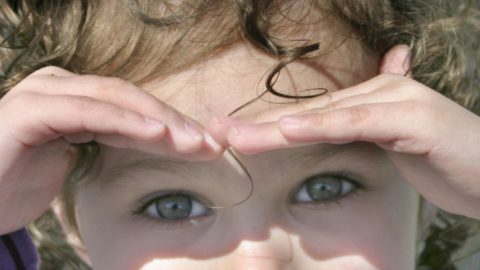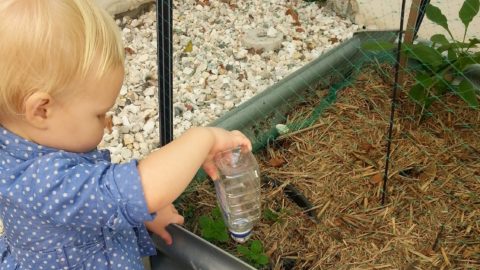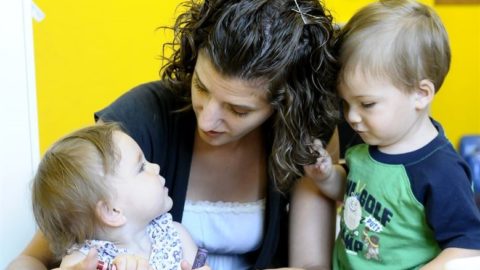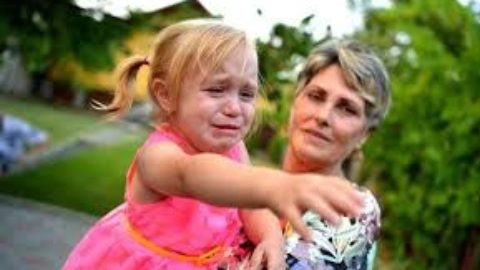By Dr Rachael Sharman
Australia has seen some alarming backslides in child development over the last couple of decades: physical skills are on the decline and obesity on the rise; cognitive/academic skills are also deteriorating. Further down the track we are seeing ever-increasing mental health problems in older childhood/adolescence, and persistently high unemployment rates in young adults. Australia recently saw an unexpected spike to a 10 year high in suicide rates. In response to these trends, a number of experts/regulators/educators are increasingly looking toward the early environment of the developing child as providing the platform for either a negative or positive trajectory.
Early Brain Development
The way in which our brain develops has ensured that we are arguably the most successful species on the planet. We have achieved this status because of our brain’s ability to “wire itself” to the environmental conditions in which it finds itself.
Our synaptic and neuronal development within the brain explodes during the first year of life, and then those same synapses begin to “prune” themselves. The connections that are used frequently remain and strengthen (just like a well-exercised muscle), and those that are unused wither and drop away.
Hence the concept of “critical periods” – if you don’t learn a skill at the most sensitive age, the ability to learn it later is compromised or possibly even lost forever (e.g., bilinguals vs late-learners of a second language).
The early years of life are by far the most influential; with key motor, language and psychological skills developed before entry to primary school. As the brain develops, plasticity slowly diminishes and key brain regions become “set” according to the interaction between nature (the child’s genetic blueprint) and nurture (the child’s environmental experiences).
How play interacts with brain development
For example, child abuse cases have shown that if a child is kept in a small room, their long-distance eyesight fails to develop properly leading to myopia. This is a perfect (albeit unfortunate) example of the brain wiring itself to adapt to the conditions in which it finds itself. So consideration must be given to the long-term harms caused by withholding key childhood learning experiences.
Research into outdoor, unstructured play environments has shown, perhaps counter-intuitively, that children consistently demonstrate a lower risk of physical injury (because children can and will learn to take responsibility for their own safety if you let them); and improvements in a raft of psychosocial skills including lower rates of ADHD, less bullying, better emotional self-regulation, higher creativity and problem-solving skills.
This presentation will outline the research that demonstrates how educators can provide optimal challenges for children during play; and how children can learn from failure, adapt to difficult circumstances, negotiate social squabbles, thereby building emotional stability and resilience.
The early years of life are by far the most influential; with key motor, language and psychological skills developed before entry to primary school. As the brain develops, plasticity slowly diminishes and key brain regions become “set” according to the interaction between nature (the child’s genetic blueprint) and nurture (the child’s environmental experiences).
Join a small intimate group of Educators to discuss this further register here to attend https://www.eventbrite.com.au/e/managing-risk-and-building-emotional-resilience-ecw-members-pay-only-25-tickets-31279624198
ECW would like to thank Dana from Little Swaggies and all of the education and care professionals present for supporting the sharing of this clip in the interest of informing good practice in the field.

